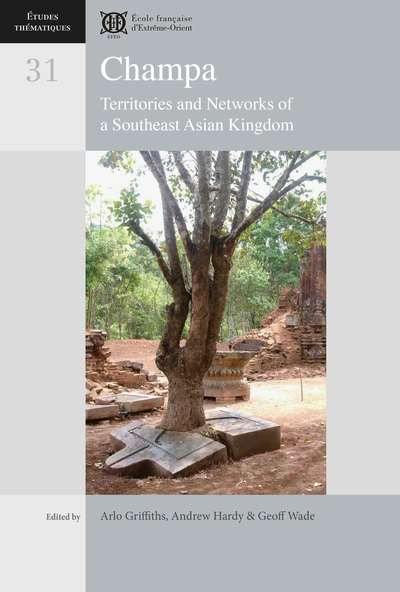
Collection(s) : Etudes thématiques
Paru le 05/09/2019 | Broché 435 pages
Public motivé
Champa
Territories and Networks of a Southeast Asian Kingdom
In the past quarter century, Champa scholarship has been seeking ways out of the interpretative framework inherited from Georges Maspero's Le royaume de Champa, which portrayed Champa as a unitary kingdom of provinces ruled by « absolute » kings. Scholars have since been working to revise this portrait, to develop new thinking about the way the kingdom and its territories were structured, and also to critique Maspero's decision to end his history of Champa with the 1471 capture of the Chà Bàn citadel and fall of Vijaya.
Much new data has been produced in recent decades, thanks especially to the access to Champa field sites enjoyed since the 1990s by international scholars under Vietnam's open door policy, and to the resources for research and discussion now available to Vietnamese scholars. Several long-term joint projects have, moreover, brought Vietnamese and overseas expertise to bear on archaeological sites or collections of documents related to Champa.
The production of knowledge about Champa is thus thriving. The result is an incremental, multi-disciplinary mosaic of information on Champa's past. Some of this scholarship was published in two recent volumes : Champa and the Archaeology of M(...) So'n (Hardy et al. 2009) and The Cham of Vietnam (Trân K(...) Phurong et Lockhart 2011). The present volume stands in the same tradition, as a book of ground-breaking data that contributes to the renewal of Champa studies.
As these data are gradually sorted, new patterns that transform our understanding of Champa are becoming discernible. One of the most striking pertains to maps. This book offers a new framework for general discussion of Champa's space, and several new maps that amount to a template for cartographical representations of the kingdom and its territories at specific historical moments. Another contribution of this volume is the publication of new data that yield ground-breaking insights into the nature of Champa's presence in the highlands.
Part I of the book focuses on the territories that constituted Champa, making use of data from recent excavations, archaeological and ethnographic surveys, inscriptions, and Cham-language manuscripts from the post-1471 period.
In Part II, we turn to Champa as a kingdom, using data from epigraphy and Vietnamese chronicles, but also from architectural-archaeological study of a royal temple foundation at M(...) So'n. Three authors present new data and analysis of the Champa kingdom in the 15th century, grappling with the issue of the kingdom's tendency toward fragmentation and eventual decline.
Part III focusses on the regional connectedness of Champa. These include diplomatic and cultural exchanges with China and India, artistic and trading relations with mainland Southeast Asian countries, and language links with the Malay World.
Arlo Griffiths, whose work combines philological and epigraphical investigation of the past, is professor of Southeast Asian history at the EFEO. He was posted at the EFEO's Jakarta Centre from 2009 through 2014, and now teaches at the EPHE in Paris.
Andrew Hardy is professor of Vietnamese history at the EFEO and head of its centre in Hanoi, where he studies Vietnamese migration, the history of Champa and ethnic relations in Southeast Asia.
Geoff Wade researches Asian connections and interactions, historical and contemporary. After holding academic positions in Hong Kong (1996-2002) and Singapore (2002-2013), he is currently Canberra-based, researching China's burgeoning relations with Southeast Asia, Australasia and the Pacific.